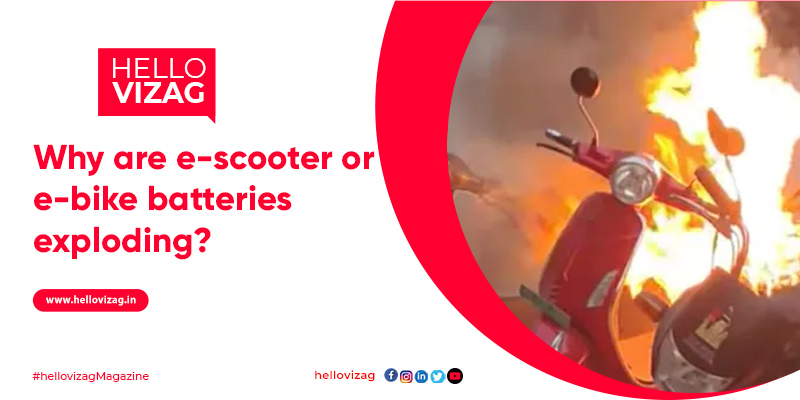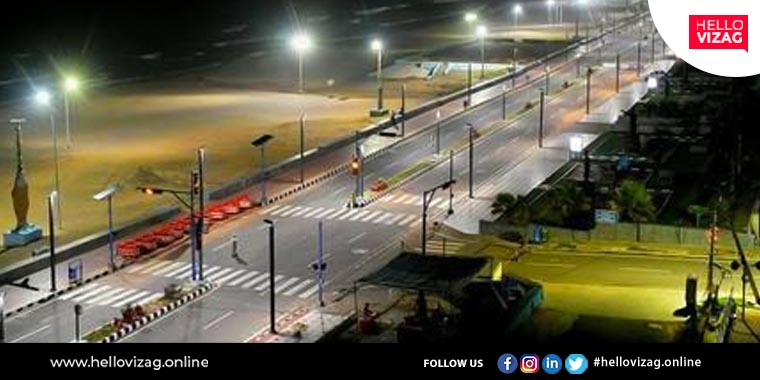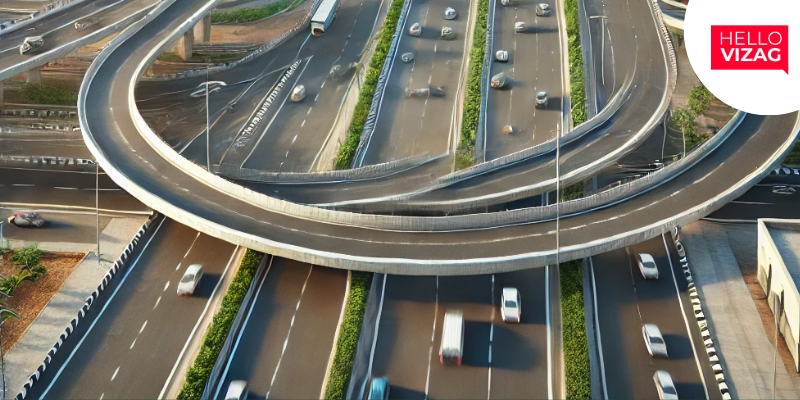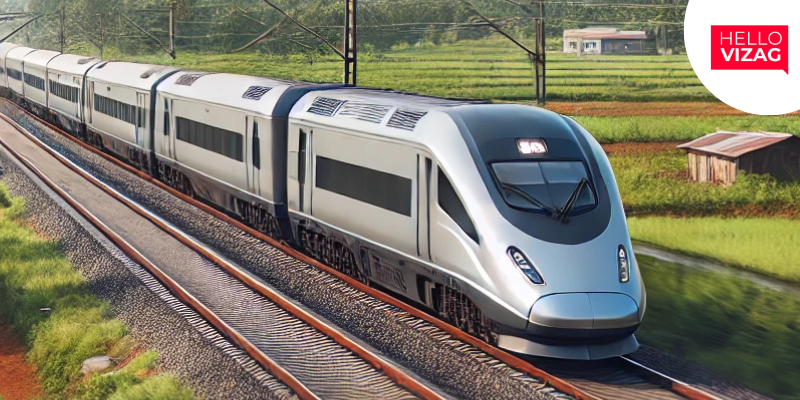Why are e-scooter or e-bike batteries exploding?
At least five Indians have died since March after their electric scooters caught fire. In contrast, record-breaking temperatures caused by climate change are now feared to be behind these incidents. There have also been near-daily reports of electric scooters catching fire while being used on India's roads over the last two months.
Footages have been shared widely on social media of electric scooters bursting into flames. India's transport ministry has ordered a government investigation into the deadly fires, while three manufacturers have recalled over 6,600 scooters over safety fears. Electric Vehicles, or EVs, are dubbed the future of mobility as one of the methods to reduce the near-total reliance on fossil fuels. And even though India is quite a new entrant in this segment, the country is on the path to becoming one of the largest EV markets.
According to independent studies, the EV market in India will be a $206 billion opportunity by 2030. But as the country ambitiously moves towards a new electric era, the two-wheeler EV sector is undergoing significant disruption.
From smartphones and laptops to electric cars, lithium-ion (Li-ion) batteries are the most popular battery type used. A Li-ion battery consists of an anode, cathode, separator, electrolyte and two current collectors.
The electrolyte carries positively charged lithium ions from the anode to the cathode and vice versa, creating a charge. The key things that make a Li-ion battery better than others are its lightweight, high energy density, durability and ability to recharge.
However, one of the most significant benefits of Li-ion batteries its high energy density can also be a potential reason behind the battery's undoing. Fires are caused by a failure in the battery pack to manage its components. Most often, it is due to a short circuit.
The primary fire causes are cell quality, battery design and issues with Battery Management System (BMS) issues. And this is not the only case. With growing market demand, manufacturers are not spending enough time designing and testing products and complying with testing standards prescribed by government bodies.
Not giving enough time, this hurry to get batteries into the market leads to poor cell quality, bad battery design and poor battery management system, where cells aren't adequately managed with the right software intelligence. The government has pivoted into action with increasing incidents of electric two-wheelers catching fire.

 Team Hello Vizag
Team Hello Vizag




















